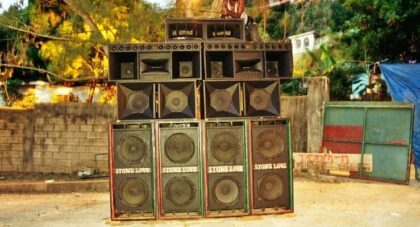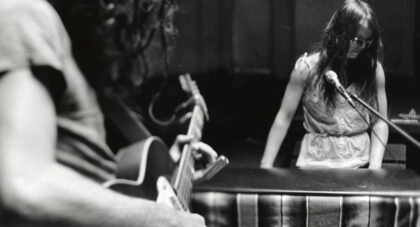With Light in the Attic's release of The Night and Like Swimming, the story of Morphine unfolds deeper thanks so new liner notes by Ryan H. Walsh. He joins us to discuss the Boston trio's singular sound . . .
Only the good shit. Aquarium Drunkard is powered by its patrons. Keep the servers humming and help us continue doing it by pledging your support.
To continue reading, become a member or log in.


